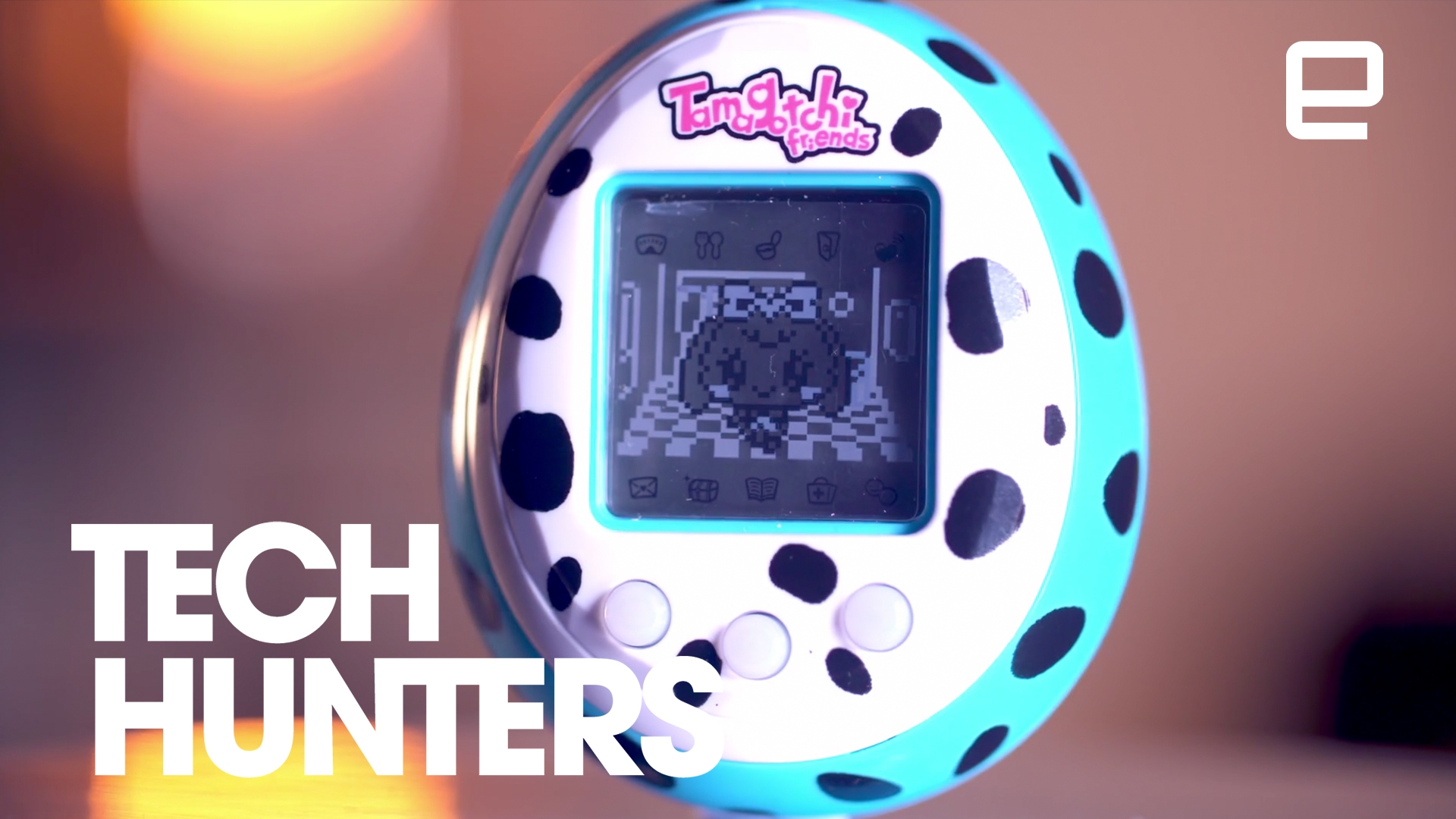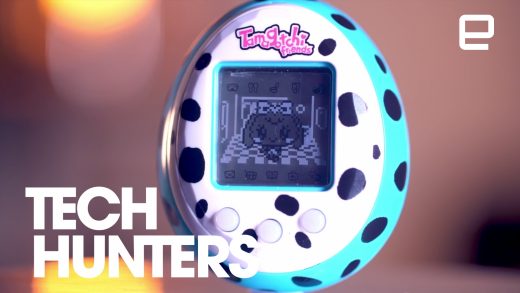Tech Hunters: Bringing the Tamagotchi back to life
These days, Pokémon has the cute creature-based game market all sewn up, but back in the 90s it was a completely different affair. Phones still had some way to go towards being anywhere near smart, so it was up to tiny pocket devices like the Tamagotchi to keep little ones entertained.

The Tamagotchi — a portmanteau of the Japanese words for egg (tamago) and friend (tomodachi) — was created by Bandai employee Aki Maita and formally introduced by the company back in 1996. The toy required kids (of all ages) to care for a virtual pet, allowing them to experience the responsibility of feeding, cleaning and maintaining the health of their cute digital companion. They pooped and they died when you forgot to feed them, but you were always safe in the knowledge that you could always start again.
After huge success in Japan, the Tamagotchi went on to be sold in over 30 countries, shifting more than 76 million units. The brand grew to include books, clothing, movies, TV shows and a Nintendo video game, eclipsing the Beanie Baby fad at the time.
Because the virtual pets came in dozens of different shells, collectors scour the globe and online marketplaces for the rarest models. Julia Hardy met with one superfan, Natalie, to find out more about the keychain craze and why the Tamagotchi is still so loved.
Tech Hunters is a 10-part video series that uncovers the devices we were once obsessed with, looking at how they disrupted the tech industry, and what they’re worth today. From the pocket pet obsession with the original Tamagotchi, to mix-tapes and Sony Walkman, Tech Hunters explores the audio, visual, interactive and transport innovations that have shaped today’s culture.
(39)













